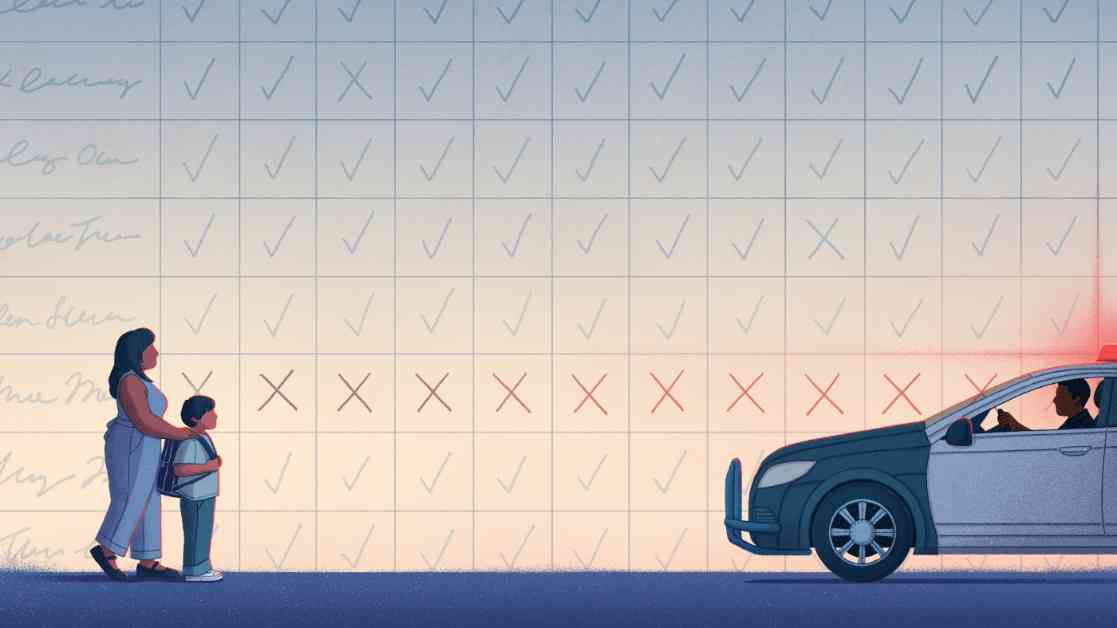It was a sunny afternoon when Mitch Carroll, a retired cop investigating school truancy, arrived at an apartment building in Madison County, Ind. Dressed casually in jeans and a T-shirt, Carroll approached a woman named Sharon with a badge and a Glock 9 mm pistol. He reassured her that she wasn’t in trouble and explained his role in ensuring students in the county receive an education.
During the pandemic, school absenteeism increased and has remained high. Around a quarter of U.S. students were chronically absent in the 2022-23 school year, missing 10% or more of the school year. This can negatively impact learning outcomes, with younger students at risk of falling behind and potentially dropping out of high school.
Truancy, the act of missing school without a valid excuse, is a concern in every state, with some states making it illegal. The consequences vary, ranging from court oversight to home visits like the ones Carroll conducts. He aims to build relationships with families to address the underlying issues causing truancy.
Carroll visited Sharon, whose 14-year-old grandson had numerous absences due to anxiety. Despite having doctor’s notes, Sharon decided to homeschool her grandson to reduce stress. Carroll emphasized the importance of having a plan for schooling to avoid potential legal repercussions.
While interventions like home visits by law enforcement officers aim to improve attendance, the effectiveness of court-based truancy programs is debated. Research shows mixed results, with some programs not significantly impacting attendance rates and potentially leading to early contact with the juvenile justice system for marginalized students.
In Madison County, Ind., over 600 students were referred for truancy violations last school year, with some cases resulting in court charges for parents and guardians. Chief Deputy Prosecutor Andrew Hanna emphasized the office’s goal of ensuring children receive an education while avoiding criminal punishment for families.
Carroll’s visits to families revealed various reasons for truancy, from health issues to bullying and family emergencies. He provides guidance on distinguishing between excused and unexcused absences and works with families to address their concerns.
Despite the challenges, Carroll remains optimistic about his efforts to improve attendance and support families in getting students back to school. By establishing relationships and offering guidance, he aims to make a positive impact on the community and ensure every child has access to education.







